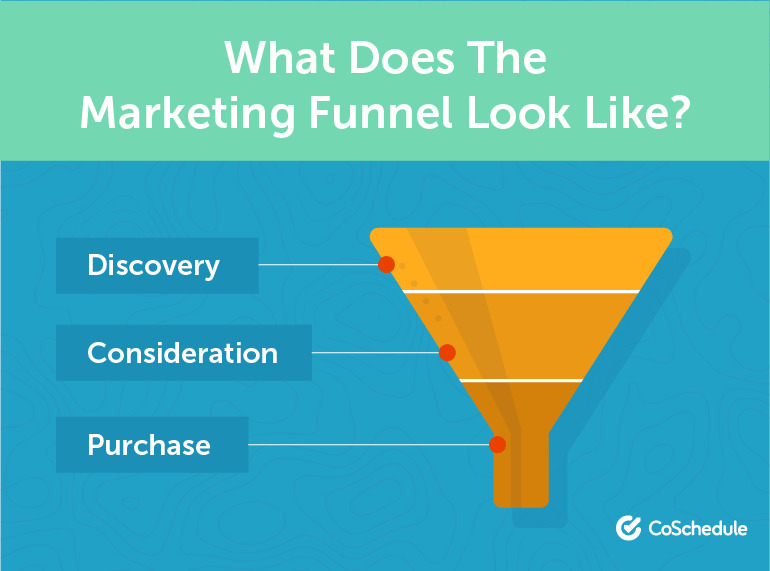In today’s digital age, where information is readily available at our fingertips, traditional marketing methods have taken a back seat. Intrusive ads or flashy banners no longer sway consumers. They seek value, relevance, and authenticity. This shift in consumer behaviour has paved the way for content marketing to shine.
Let’s delve into what content marketing entails, its crucial role in modern marketing strategies, and why businesses should incorporate it into their plans.
Table of Contents
Understanding Content Marketing
At its core, content marketing is the art of creating and distributing valuable, relevant content to attract and engage a specific audience. This content comes in various forms: articles, videos, podcasts, social media posts, emails, and more. The goal is not to overtly sell but to inform, entertain, or educate.
Why Content Marketing Matters
It’s more than just a buzzword; it’s a strategic approach that has become essential for businesses aiming to connect with their target audiences meaningfully.
The primary aim of content marketing is to build trust and establish a relationship with the audience. By providing valuable information, businesses position themselves as experts in their field. When done right, content marketing can increase brand awareness, customer loyalty, and conversions.
Benefits of Content Marketing
- Increased Online Visibility: A well-planned content strategy can attract more customers and website visitors. Businesses can boost their online presence by addressing their pain points and providing solutions. This visibility translates into increased brand recognition and consideration.
- Lead Generation: Educating customers through content builds trust and credibility. This, in turn, leads to more leads and the opportunity to nurture relationships with potential buyers. Customers are more likely to engage with a brand that provides valuable insights and solutions to their problems.
- Boosting Loyalty: Customer loyalty is vital for businesses. Content that informs and adds value to consumers’ lives helps build a loyal customer base that keeps coming back. When customers feel connected to a brand through valuable content, they are more likely to remain loyal and advocate for the brand.
- Establishing Authority: Consistently creating high-quality content demonstrates expertise and thought leadership in the industry. This positions the brand as the go-to source for relevant information. When customers perceive a brand as an authority, they are more inclined to trust its products or services.
How Content Marketing Works
Content marketing operates in tandem with the customer’s journey in the marketing funnel, guiding them from awareness to consideration and, finally, to a purchase decision.
Awareness Stage
At the initial stage of the customer journey, the focus is on creating content that addresses the audience’s top concerns and pain points. This content aims to capture their attention and introduce the brand.
For instance, an accounting company might create blog posts on “The Benefits of Cloud Accounting”. This article provides valuable insights and solutions without directly promoting the company’s products.
Consideration Stage
Customers actively research solutions to their problems as they move into the consideration stage. Content at this stage should offer a mix of informative and promotional material. This content aims to educate the audience about the brand’s offerings and how they can address specific needs.
For example, a digital marketing company might create case studies highlighting successful implementations of their strategies. These case studies showcase real-world examples of how the digital marketing service has benefited businesses, helping potential customers envision its value for their needs.
Decision Stage
In the final stage, customers are ready to make a purchase decision. Content marketing provides the information and reassurance needed to convert leads into customers. This content should focus on the brand’s unique selling points, testimonials, and competitor comparisons.
For instance, an e-commerce website might feature product comparison guides or customer testimonials. These resources help customers feel confident in choosing the brand over alternatives.

Implementing a Content Marketing Strategy
For businesses looking to embark on a successful content marketing journey, here are some practical steps to consider:
Identifying Target Audience
Understanding the target audience’s preferences, challenges, and behaviour is crucial. Businesses should create detailed buyer personas to tailor content specifically for different segments of their audience. This ensures that the content resonates with the intended recipients and drives engagement.
Choosing Content Formats
Different types of content resonate with audiences at various stages of the buyer’s journey. Whether it’s articles, videos, eBooks, or social media posts, the format should align with the goals of each piece of content. Businesses should consider the preferences of their target audience and the platforms where they are most active.
Planning Distribution Channels
Once the content is created, it must reach the intended audience. Businesses should leverage various distribution channels, including their website, email campaigns, social media platforms, and industry publications. Each channel offers a unique opportunity to connect with potential customers, so it’s essential to tailor content for each platform.

Creating a Sustainable Schedule
Consistency is key in content marketing. Businesses should develop a content calendar outlining when and where each piece of content will be published. This helps maintain a steady flow of content and ensures audiences know when to expect new updates.
A realistic content creation timeline and resource allocation are essential for meeting publishing deadlines.
Content Marketing Best Practices
Compelling content is not just about what is said but also how it’s presented. Here are some best practices to keep in mind:
- Content should be clear, actionable, and relevant to the target audience.
- Avoid jargon or technical language that may alienate readers.
- Incorporate storytelling techniques to make the content engaging and memorable.
- Always include a call-to-action (CTA) to guide readers on the next steps, whether it’s visiting the website, signing up for a newsletter, or making a purchase.
Content Marketing and SEO
Content marketing and Search Engine Optimisation (SEO) go hand in hand. Here’s how content can enhance SEO efforts:
Keywords Importance
Keywords form the foundation of SEO efforts. Businesses should conduct keyword research to identify terms and phrases relevant to their industry and target audience. These keywords should be strategically incorporated into the content to improve search engine visibility.
Strategic Placement
Keywords should appear naturally in titles, headers, and throughout the content. However, it’s essential to avoid “keyword stuffing,” which can harm the readability of the content. Search engines value content that provides valuable information to users, so the focus should be on creating high-quality, informative content that naturally incorporates relevant keywords.
Quality Content for SEO Success
Search engines assess the quality of content to determine its relevance to search queries. High-quality content fulfilling user intent and providing valuable insights will rank higher in search results. Additionally, content that earns backlinks from reputable websites further boosts its SEO performance.
Leveraging Social Media for Content
Social media serves as a powerful tool for promoting content and engaging with audiences:
Choosing Effective Platforms
Businesses should identify the social media platforms frequented by their target audience. Whether it’s Facebook, Twitter, LinkedIn, or Instagram, each platform offers unique opportunities to reach and engage with potential customers. Understanding the demographics and preferences of each platform helps in crafting tailored content that resonates with users.
Crafting Engaging Copy
The tone and style of social media posts should align with the brand’s identity. Whether informative, entertaining, or promotional content, businesses should maintain a consistent voice across all social media channels. Visual content, such as images and videos, can significantly enhance engagement on platforms like Instagram and TikTok.
Iterative Approach
Social media strategies should be dynamic and adaptable. Businesses should track engagement metrics such as likes, shares, comments, and click-through rates to gauge the performance of their content. Businesses can identify high-performing content by analysing these metrics and adjusting their strategies accordingly.

Conclusion
Through a thoughtful and strategic approach to content creation, businesses can connect with their audience on a deeper level, earn their trust, and ultimately drive meaningful actions. In a world inundated with information, content marketing is the beacon that guides consumers towards valuable solutions and authentic brand experiences.
Bryan Tan is an SEO Specialist and CEO at Newnormz, helping hundreds of businesses achieve first-page rankings on Google. With a passion for driving organic growth, Bryan blends innovative strategies with hands-on experience to optimize websites for maximum visibility. Always at the forefront of the latest SEO insights and trends, he consistently adapts to the evolving digital landscape.






